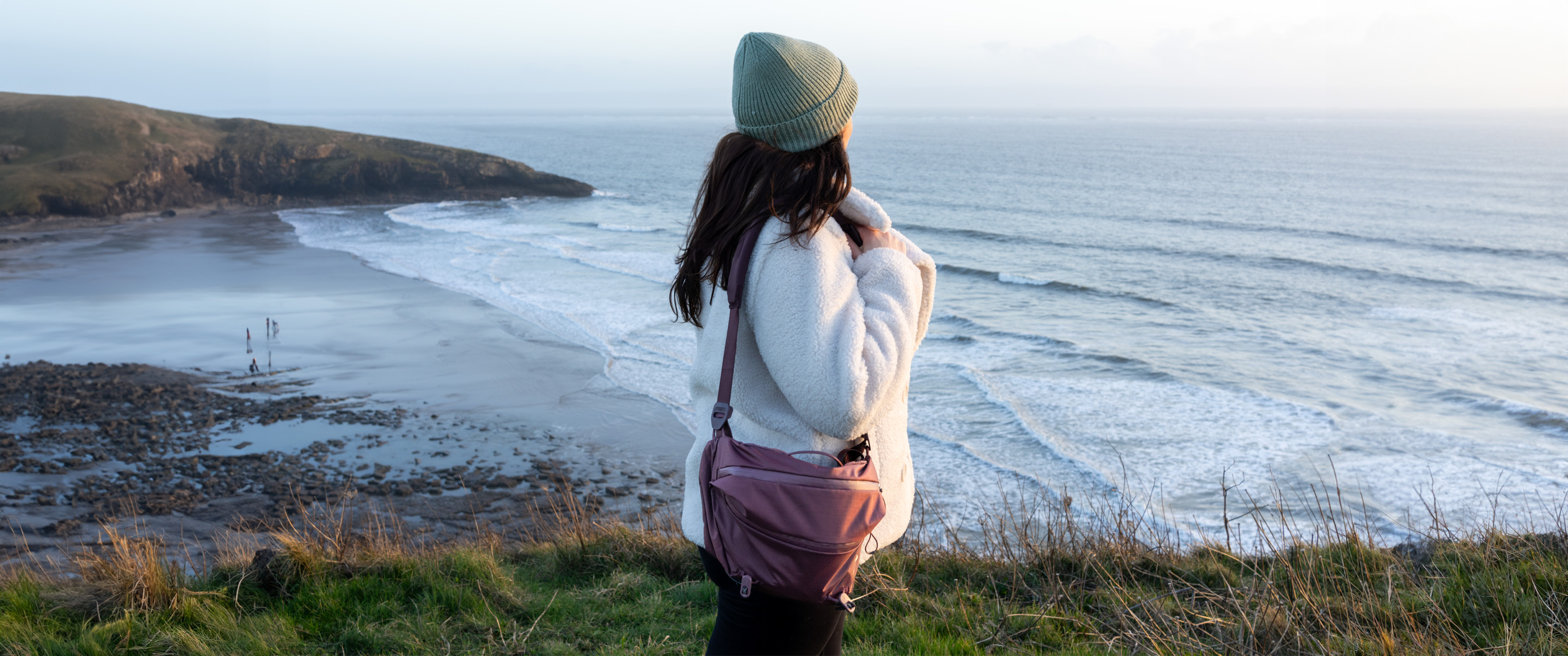Introduction
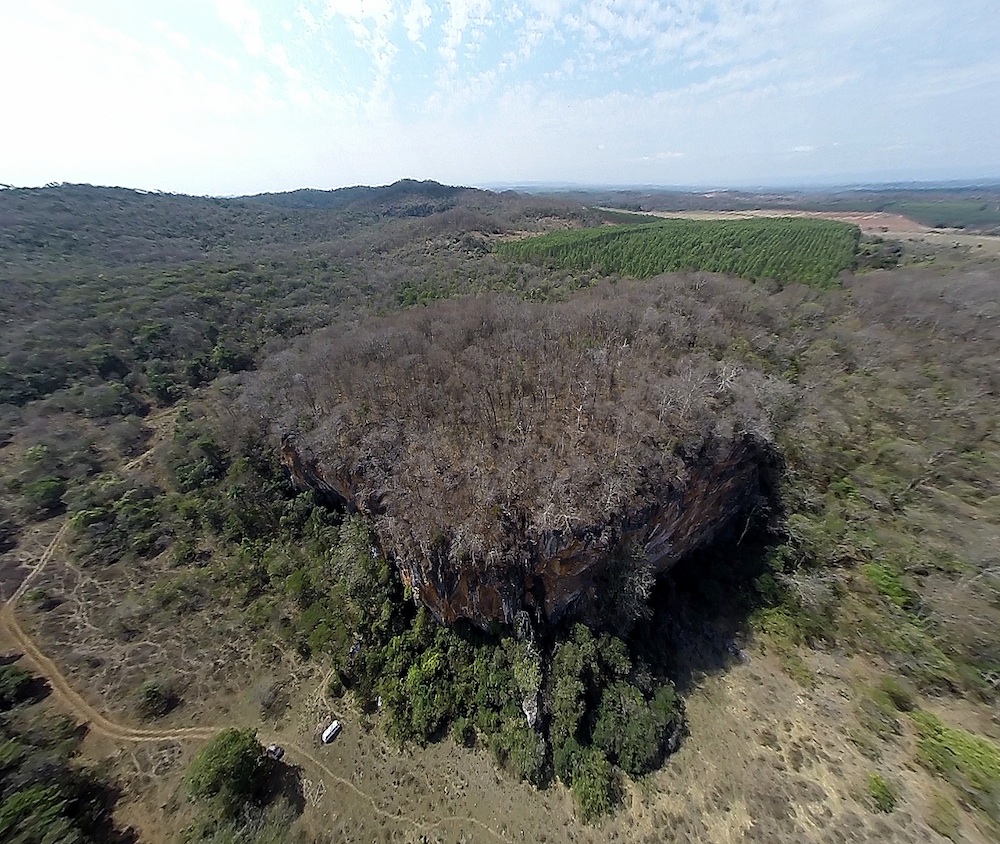
Archaeologists excavating at a large cave in Brazil have unearthed evidence that ancient people mutilated the bodies of their dead.The site, called Lapa do Santo, had been known for many years, but no one had looked closely at the funeral practices implied by the burials of human skeletons.
Exhuming the past
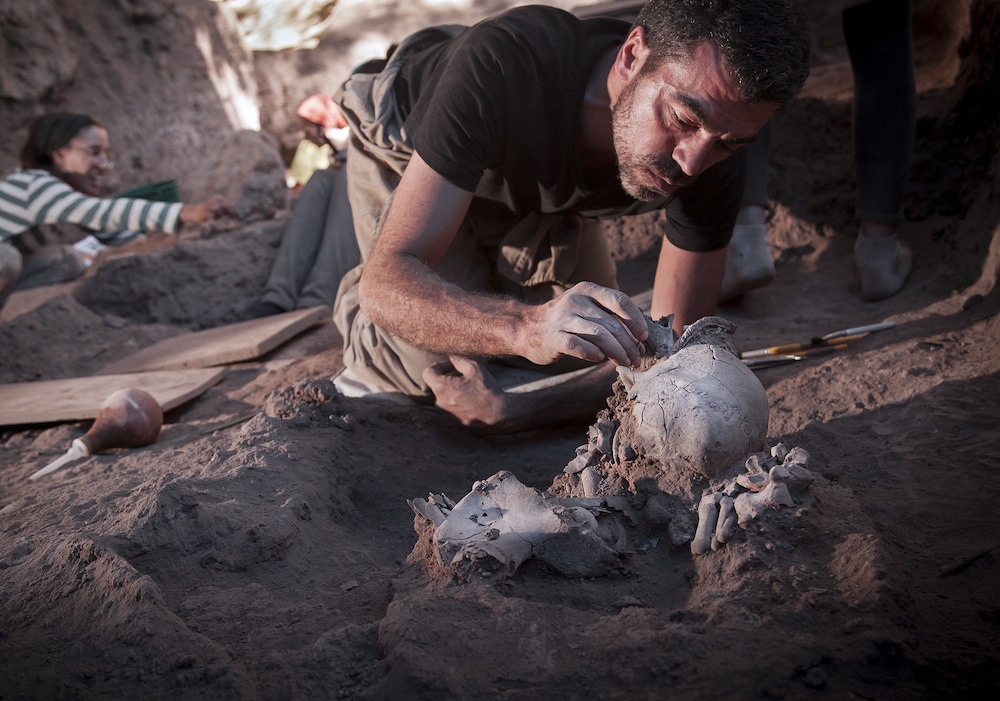
Here, one of the researchers, Rodrigo Elias, exhumes a skeleton.
Painted red

Though some of the earlier burials were of complete skeletons, the bones at the site showed signs of mutilation after death starting around 9,600 years ago. Here, a cranium found in burial pit 9 was painted red.
Array of changes

The site had remains from dozens of burial pits, and many showed extensive modification after death. Human bones were cut up and stuffed into a skull, the teeth were deliberately removed from the skull, bodies were burnt and defleshed, and there was some evidence of cannibalism.
Brushing away the dust

Here, an archaeologist uses a tool to gently exhume the ancient skeletons found at the site.
Ancient death
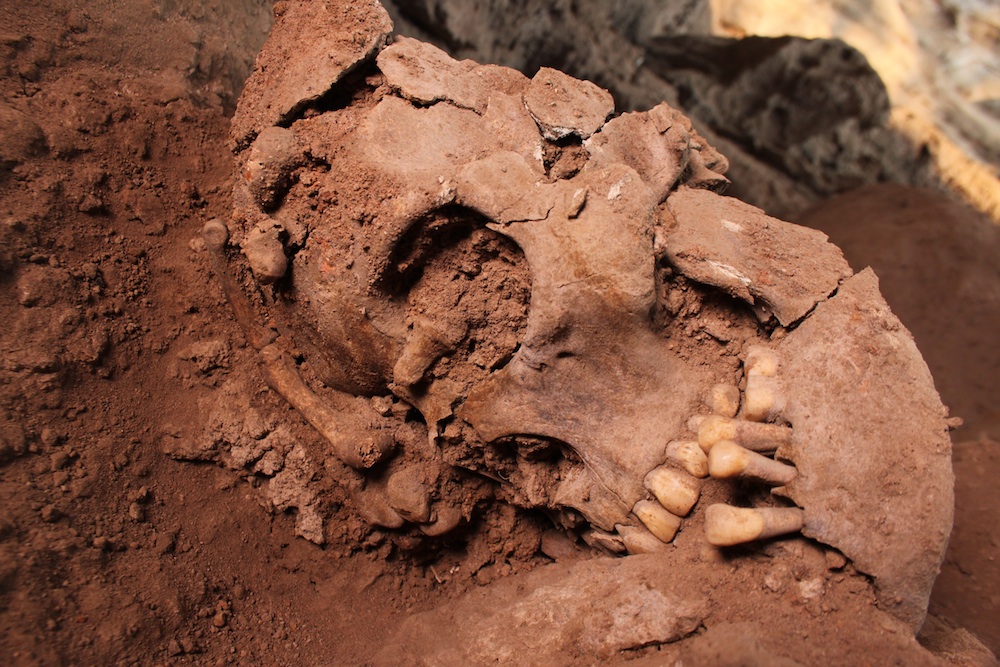
A skull from burial 39 at Lapa do Santo lies in wait.
Lying down

Another burial, this time of a more complete skeleton, unearthed in pit 37.
Sign up for the Live Science daily newsletter now
Get the world’s most fascinating discoveries delivered straight to your inbox.
Another burial
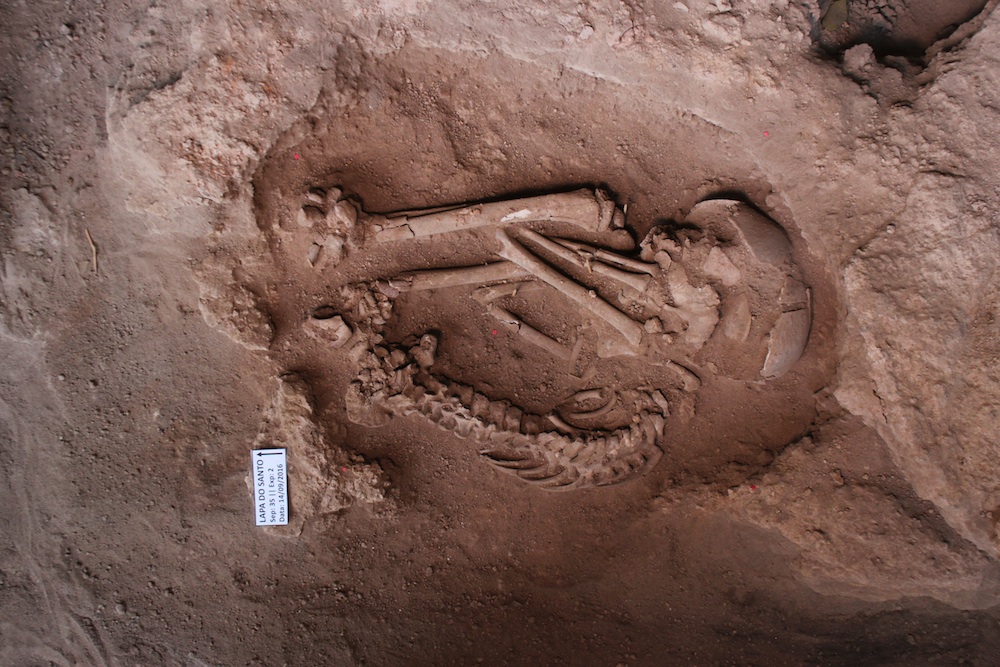
More bones were found in burial pit 35.
Modification

The ancient Americans cut up the bodies, drilled out teeth, and placed bone fragments inside the skull. Here, skeletons in one of the burial pits.
Tooth removal
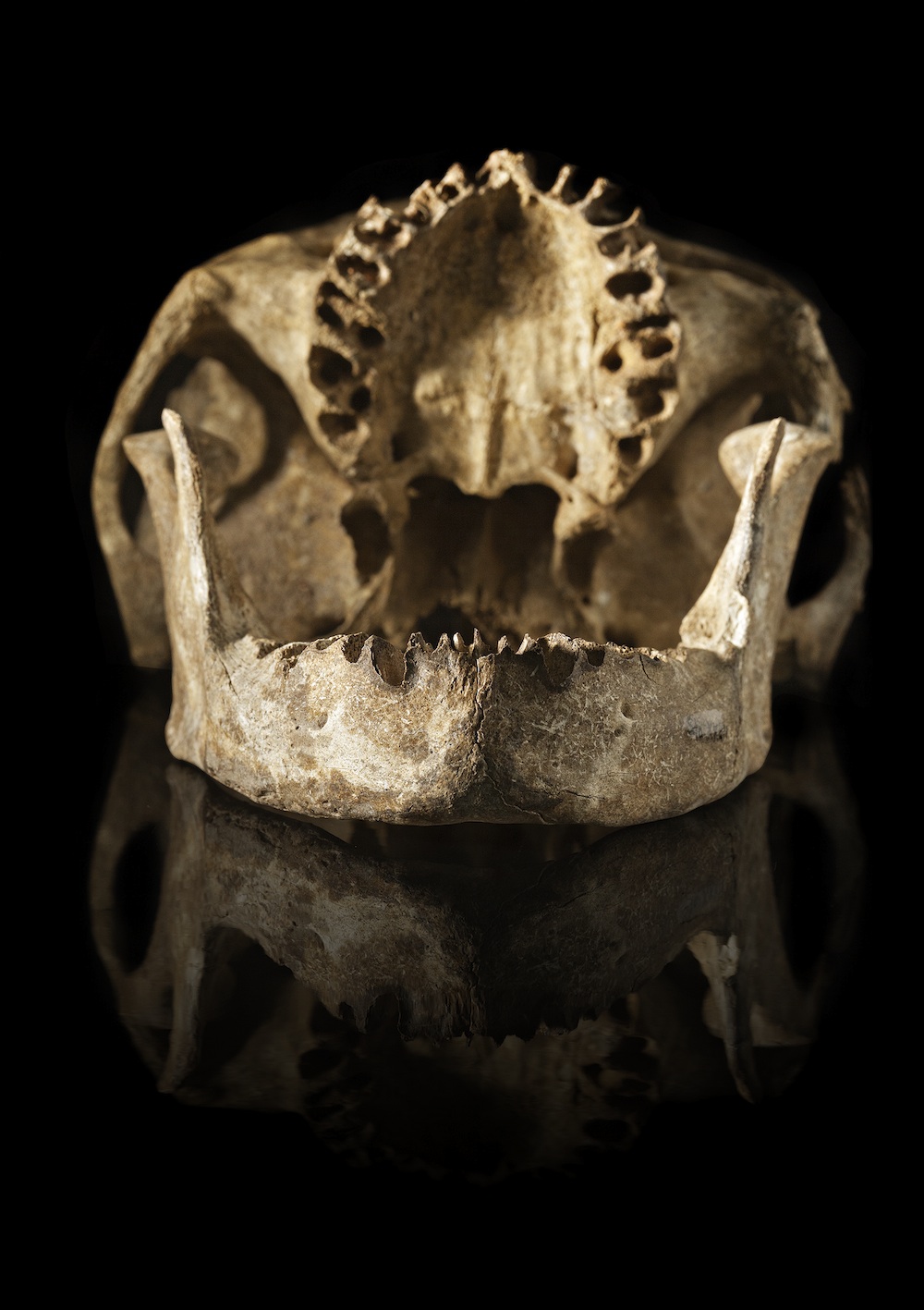
At burial 32 at Lapa do Santo, a skull shows evidence of tooth removal.
Skull pieces
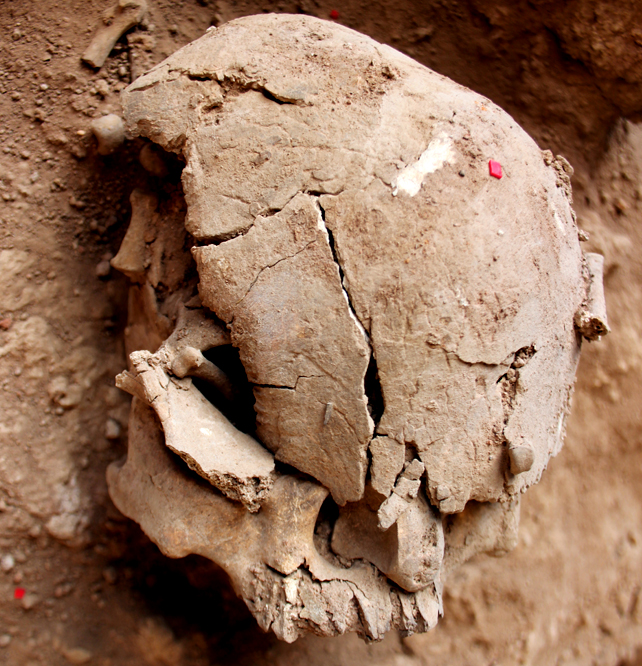
At burial 32, a skull shows evidence of secondary manipulation, in particular, tooth removal.

Tia is the managing editor and was previously a senior writer for Live Science. Her work has appeared in Scientific American, Wired.com and other outlets. She holds a master's degree in bioengineering from the University of Washington, a graduate certificate in science writing from UC Santa Cruz and a bachelor's degree in mechanical engineering from the University of Texas at Austin. Tia was part of a team at the Milwaukee Journal Sentinel that published the Empty Cradles series on preterm births, which won multiple awards, including the 2012 Casey Medal for Meritorious Journalism.
